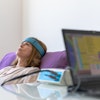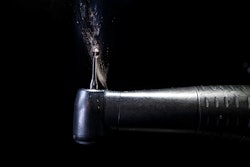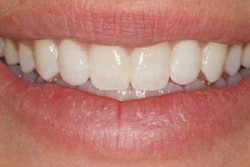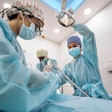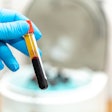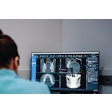In the past 25 years, I have probably taken 10 or more continuing education (CE) courses specifically about temporomandibular joint (TMJ) disorders. I’ve seen hundreds of photos of worn dentition, inflamed masseters, and dislocated discs. Through all of it, I have a confession to make: I still don’t totally understand.
In my quest for TMJ knowledge, I have been given seven different definitions of centric relation; I was told at one CE course about the “right way” to position a patient and was then told at another CE course that it was the wrong way.
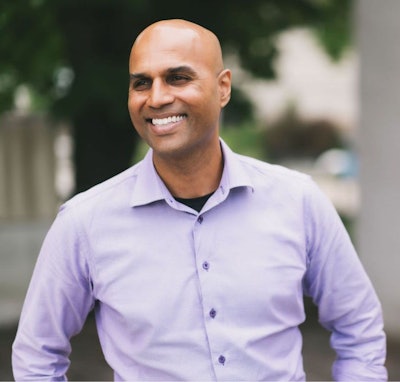 Dr. Ankur Gupta.
Dr. Ankur Gupta.
I would love to devote the remainder of this article to the machinations of the joint, the muscles, the disc, the occlusion, and how the symphony between them serves as the key to functional or nonfunctional jaw health, but I truly lack the confidence in my knowledge. What I would like to do instead is point out that the following patients are either suffering or will eventually suffer:
- Patients with worn posterior cusps
- Patients with a flattened anterior anatomy
- Patients with clicking and popping during opening
- Patients with clicking and popping during closing
- Patients with painful lateral dislocation when opening
- Patients whose jaw locks occasionally during maximum opening
- Patients with ear pain when they eat
- Patients with frequent headaches
I am sure that the above list is far from fully inclusive, but the key word above is suffering. We are healthcare providers, and if a patient is suffering -- or if we anticipate their suffering -- it is our responsibility to provide some sort of relief for these patients.
Despite voids in my overall TMJ knowledge base, I’ve realized one very simple and inarguable fact: Bite splints usually work.
It isn’t difficult, in any given week, to find a patient who exhibits one or several of the symptoms listed above, and a widely accepted appropriate first step for these patients is to wear a bite splint. Sadly, that recommendation comes with a handful of limitations.
First, a lot of patients simply don’t believe you. You see the wear and the abfraction, but the patient is fully confident that they don’t clench or grind their teeth. What do you do then?
Second, some of these patients suffer from acute pain in their jaw. While they will gladly try the night guard you are recommending, it is disappointing to tell them that you will send their scan/impression to the lab and that it will take a couple of weeks before the night guard comes in. The patient responds with, “Well, what should I do until then?” I have never been totally satisfied with my response.
Third, for patients whose TMJ disorder has caused such extreme damage to their overall dentition and occlusion, it is appropriate to “redesign” their dentition, potentially opening their bite, reestablishing ideal occlusion absent of interference, and ultimately providing them with a much-improved ability to function and an aesthetically pleasing smile.
For these highly complex full-mouth rehabilitation cases, the occlusal habits and muscular posture for these patients must be “unlearned,” requiring some sort of deprogramming, before reconstruction can begin. An expensive, lab-fabricated night guard is not an appropriate deprogrammer for dentition that is only a few weeks away from being completely redone.
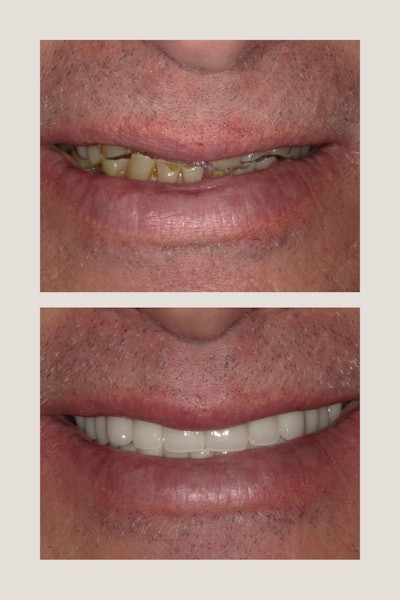 Images courtesy of Dr. Ankur Gupta.
Images courtesy of Dr. Ankur Gupta.
So, what options do these patients have?
Enter the QuickSplint from Kettenbach. Kettenbach has enjoyed a long-standing reputation in the dental industry as a manufacturer of excellent, highly rated impression materials, cements, restorative products, temporary products, reline materials, fluoride, and others. When I learned about their recent QuickSplint product addition, I was curious about how it might benefit my practice and the patients who are suffering.
The QuickSplint was given to members of the Catapult Education product evaluation review board. This board comprises general dentists, prosthodontists, periodontists, and others. The QuickSplint was introduced to us as a means of overcoming the limitations explained above.
Here’s how it works. The splint is a universal, semilunar plastic tab that fits over approximately the front six upper teeth. Fitting it specifically onto a patient is done easily with the use of a strong, rigid bite registration material. (I prefer Futar bite by Kettenbach.) The patient bites for however long it takes for the bite registration material to set, and the process is done.
Why is it effective? For a variety of reasons.
First, it is an inexpensive, simple, and immediate solution. This works incredibly well for patients who are skeptical or reluctant to believe they may clench or grind their teeth. Simply make them a quick splint and have them wear it for a couple of weeks. If it comes back with cracks, wear, or significant destruction, you now have proof that intervention is needed.
Second, because it is an immediate solution, it can be given to the patient the same day. This is especially important for patients who are already suffering from acute TMJ pain. You may take the scan or impression for their eventual bite splint, but they can enjoy more immediate relief by taking home a simplified version of their eventual guard, wearing it until the final product comes in.
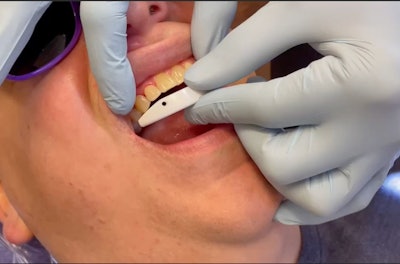
Third, because of the importance of deprogramming a patient prior to initial record-taking in full-mouth rehabilitation cases, the quick splint serves as Step 1 in that process. Once the patient is motivated to move forward with the reconstruction process, they can have an immediate deprogramming splint fabricated so that habitual unhealthy jaw positioning habits can be eliminated and proper positioning can occur.
The Catapult Product Evaluation team was given the QuickSplint for eight weeks. Here are some of the comments from the evaluations each dentist was asked to fill out:
- “It was so much easier to use and required no lab time. That was the best part!”
- “Very easy to use and can help diagnose without a lab-fabricated appliance.”
- “It’s a great starting point to use in TMD therapy, helping assess potential benefits for orofacial pain issues.”
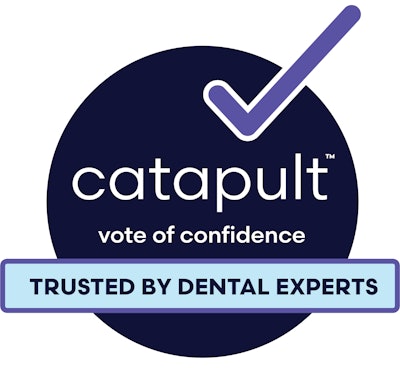
Additionally, the QuickSplint’s role in deprogramming occlusal memory and protecting restorations was widely recognized, with 100% of evaluators agreeing that it should be included in dental school education.
It is incredibly rare for 100% of evaluators to plan to recommend a product to a colleague and for 100% of evaluators to continue using this product in their own office, but this happened with the QuickSplint appliance. Congratulations to Kettenbach for earning the Catapult Vote of Confidence.
In an episode of The DrBicuspid.com Podcast, Editor-in-Chief Kevin Henry speaks with Dr. Ankur Gupta about Kettenbach's QuickSplint TMJ device.
Dr. Ankur A. Gupta graduated from the University of Michigan School of Dentistry. After completing a one-year general practice residency in Cleveland, he and his partner, Dr. Nisha Gupta, started North Ridgeville Family Dentistry in Ohio. Gupta is a member of the ADA, the Greater Cleveland Dental Society, the Ohio Dental Association, the ADA Success Speaker Corp, and he is a board member and speaker for Catapult Education’s Speaker Bureau. Gupta is an Academy of General Dentistry Program Approval for Continuing Education-certified provider.
The comments and observations expressed herein do not necessarily reflect the opinions of DrBicuspid.com, nor should they be construed as an endorsement or admonishment of any particular idea, vendor, or organization.



